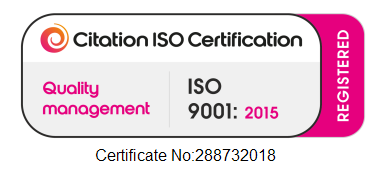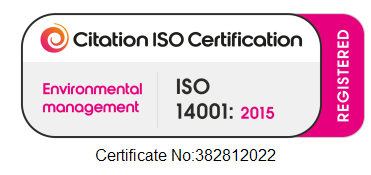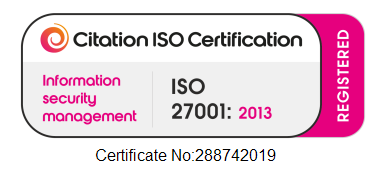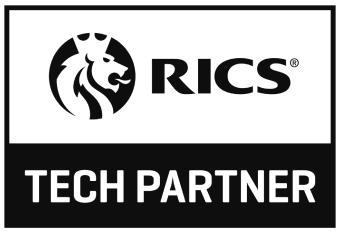
From Blueprint to Binary: Transforming architecture with Smart City technology
Smart City technology has become an essential tool for architects in transforming how both cities and buildings look and work.
Growing cities and their accompanying rising populations are two key drivers for the incorporation of Smart City technology within the built environment. It has the ability to bring improved building performance and increased sustainability to every new development. And so plays an increasingly vital role in reducing carbon footprints to help meet net zero targets.
As a result, architects are now incorporating innovative technologies into their workflows, making it an integral part of their design process.
However, it's only in recent years, specifically the last five to six years, that the complexity of creating these 3D city models has significantly reduced. This simplification has allowed this technology to be integrated into architectural workflows.
As a result, architects are now incorporating innovative technologies into their workflows, making it an integral part of their design process.
Evolution of Smart Cities in architecture
Today, the concept of 3D City platforms are revolutionising the integration of technology in architectural design and urban planning. Surprisingly, the origins of the digital twin concept date back to the late 1960s when NASA used it during the Apollo 13 mission crisis to find a solution and rescue the crew. This groundbreaking application cemented the viability of digital twin technology.However, it's only in recent years, specifically the last five to six years, that the complexity of creating these 3D city models has significantly reduced. This simplification has allowed this technology to be integrated into architectural workflows.
Cutting-edge advancements transforming architectural design and planning
Smart City technology is advancing rapidly, with key components such as Augmented Reality (AR), Virtual Reality (VR), Artificial Intelligence (AI), and IoT sensors playing pivotal roles in reshaping architectural design and planning.- Augmented Reality
- Virtual Reality
- Generative Design
- Internet of Things (IoT)
Smart City Technology: What does the future hold?
The cutting-edge Smart City technologies discussed in this article are evolving at a rapid pace, with continuous developments enhancing their capabilities and scalability. Architects should leverage these advancements to streamline their workflow, and transform their cities through enhanced architectural design and urban planning aided by technology.
| You can learn more about this topic by reading the related articles below: • Bridging the Gap: Integrating Smart Cities into architectural workflows • Collaborative Creation: Quick wins for architects using Smart City platforms |
Join the Community
Updates, business insights, webinars and more.
This site is protected by reCAPTCHA and the
Google Privacy Policy and Terms of Service apply.
Google Privacy Policy and Terms of Service apply.















